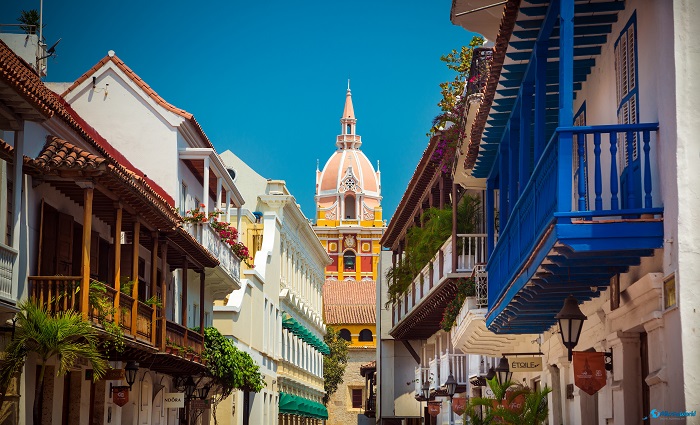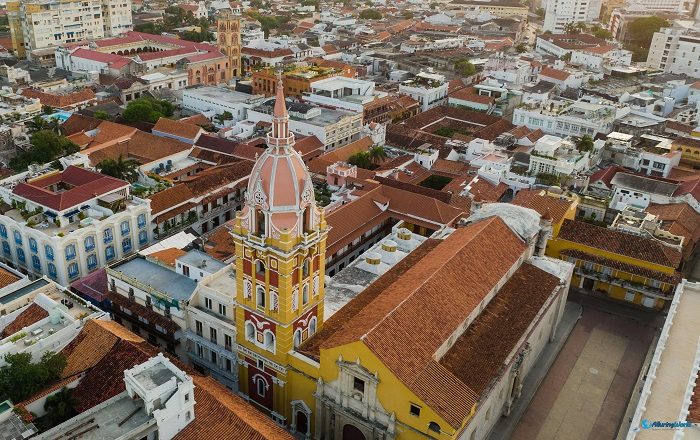The Cathedral of Cartagena de Indias, officially known as the Metropolitan Cathedral Basilica of Saint Catherine of Alexandria or simply referred to as the Cartagena Cathedral, is an important cathedral that is considered as one of the oldest and most significant religious structures in South America which is located in the historic center of the city of Cartagena, in the coastal part of the Bolívar Department, within the northern part of the Republic of Colombia. As the cathedral is located in the historic walled city, it dominates the city’s skyline with its imposing bell tower and grand façade, and it is reflecting the city’s colonial past and deep-rooted Catholic heritage.
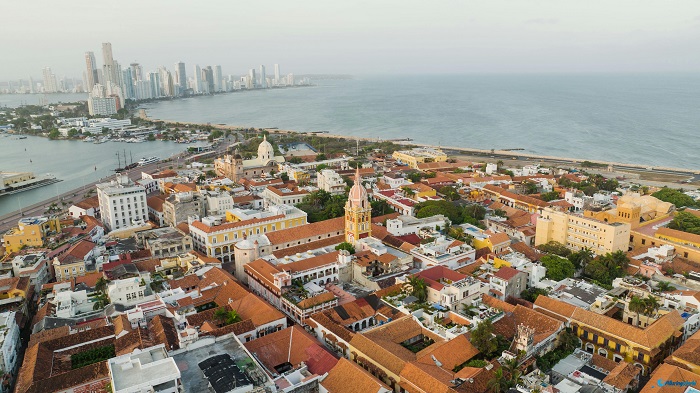
Construction of the cathedral began in 1577 at the behest of Cartagena’s first bishop, Tomás de Toro, who designed a grandiose church that would be the religious center of the growing city, and his motivation for the construction of such a large building was developed from Cartagena becoming an increasingly important strategic port in the Spanish Empire and connection it had to the Caribbean Sea. As the city itself was subsequently a principal port of arrival for imports of silver and gold from South America to Spain and thus both an economic hub and an attractive pirate target, it was intended to be built so big as a cathedral because it was supposed to symbolize the power of the Catholic Church and it would certainly serve as a religious focal point for residents of the city.
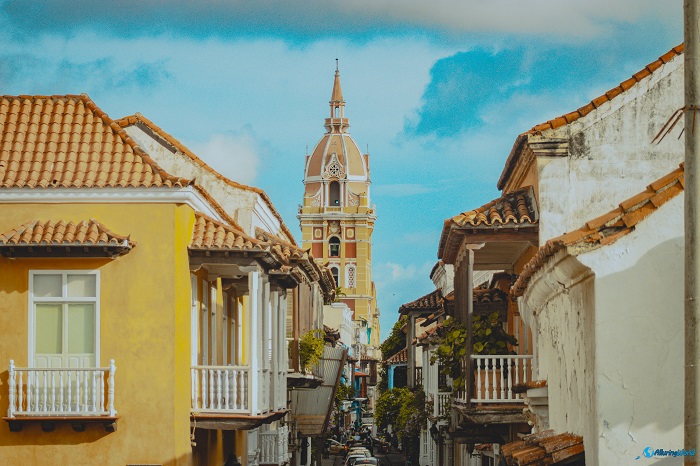
The building construction was done spanning a long series of many decades, and the master builder of the day was Simón González, who initially developed the building designs based on the Spanish cathedrals that were prevalent during that period. Nevertheless, the construction suffered from a major slowdown in 1586 when acclaimed English privateer Sir Francis Drake attacked and ruined part of the nearly completed structure, so the rehabilitation process was started soon after, but with modifications made to strengthen the design. It was not until 1612 that the cathedral was finally completed, and it simply demonstrated the perseverance against the dangers that Cartagena was exposed to throughout the years when this majestic religious object was constructed.
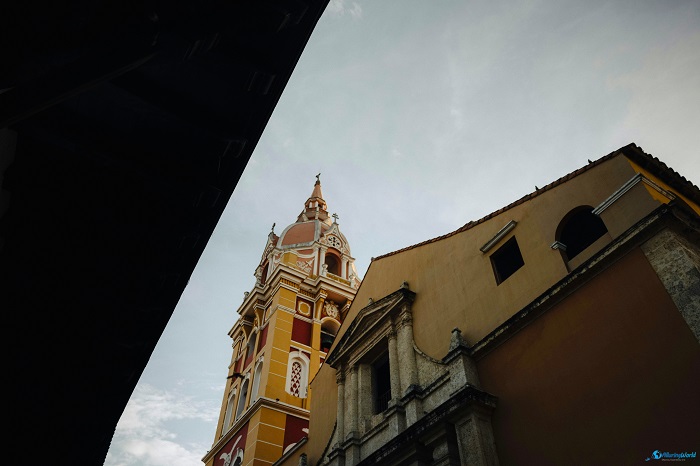
Local coral stone, which was quarried from the floor of the Caribbean Sea, was used as primary building material for the cathedral, and as it was not only a convenient choice, due to the region’s abundant coral deposits, but it was also a strategic choice since coral stone is extremely durable and highly capable of withstanding the damp coastal climate which would have damaged the building in the first several decades and we would not able to witness its grandeur today. As the Cartagena Cathedral beautifully weathered over the centuries, and its colorful walls and tall bell tower still stand today, the material now lends the cathedral exterior a warm golden hue that shines particularly radiantly in sunlight.
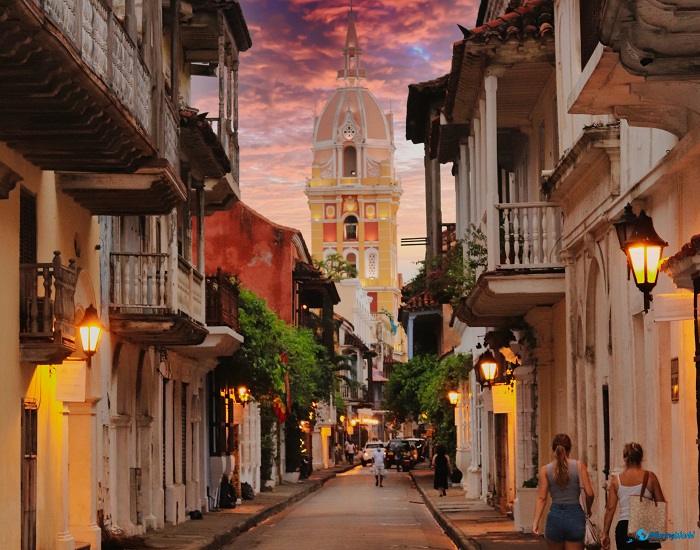
Architecturally, the cathedral is a blend of Andalusian and Spanish colonial architecture with some elements of Renaissance, and as the building is characterized by the soaring stone walls on the outside, the large supporting entrance columns and a large overarching dome above the nave simply complement the entire structure. Its bell tower, whose intricate decoration gives it very pronounced lines, is one of the city’s most recognizable landmarks. The façade is embellished with classical motifs such as pilasters and semi-circular arches, while the wooden doors, embellished with iron finials, add to its historical sophistication.
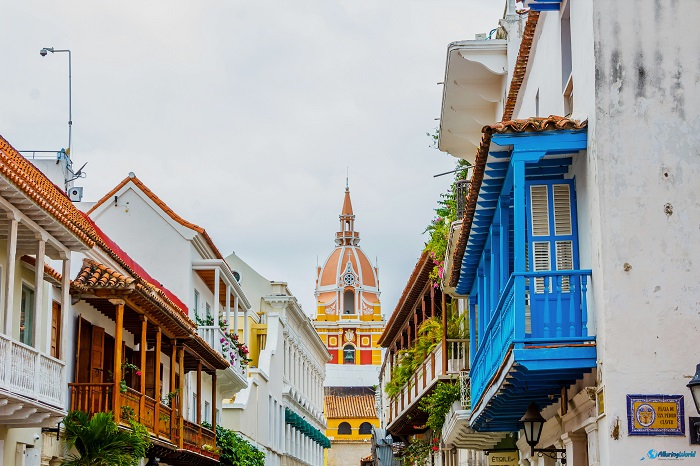
Inside, the cathedral follows a traditional Latin cross plan, with three naves separated by robust stone columns, while the high ceilings, supported by wooden beams, provide a feeling of openness, with natural light filtering through the stained-glass windows. The main altar, which is a triumph of colonial craftsmanship, is decorated with gold leaf and intricate carvings depicting religious motifs, and the walls and ceilings are adorned with frescoes and religious paintings, many of which were done by well-known colonial-era artists. Along the sides of the nave are small chapels, each containing centuries-old religious objects and statues.
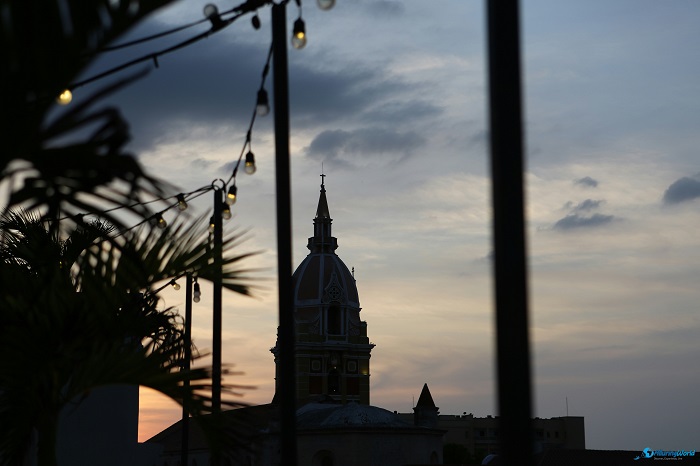
Throughout its history, the cathedral has witnessed numerous historic events, including the rise and fall of colonial powers, and it also served as a refuge during sieges of the city, as a place for religious ceremonies, and as a symbol of faith in times of storms. Still, the cathedral has also been a platform for numerous historic figures, including Simón Bolívar, who played a key role in the liberation of Colombia.
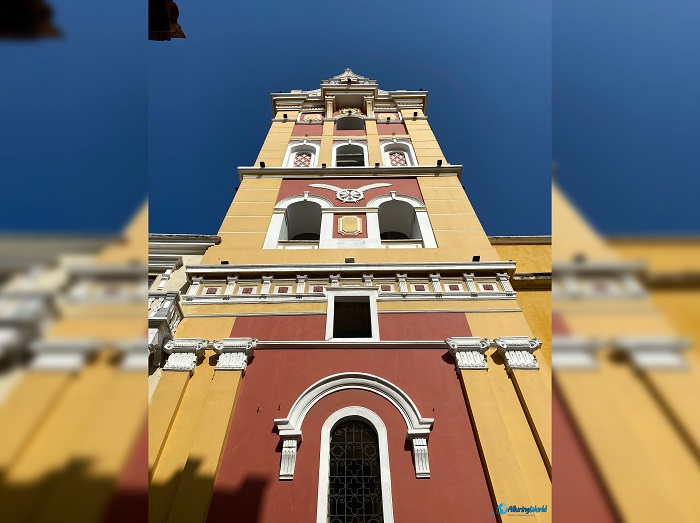
It should be noted that the Cartagena Cathedral has a history of both construction and extensive modification. Its original construction came after the destruction of previous, less solid structures, and afterwards, in the early 20th century, French architect Gaston Lelarge made renovations, including the cathedral’s iconic dome and tower. Some of Lelarge’s interior work was, however, subsequently undone. Over the years, the cathedral has been subjected to several restoration and renovation processes with the purpose of maintaining its historical integrity and fixing damages, as well as keeping up with changing architectural tastes, and all these have given the cathedral its present appearance, which is a mix of colonial-era roots and subsequent alterations.
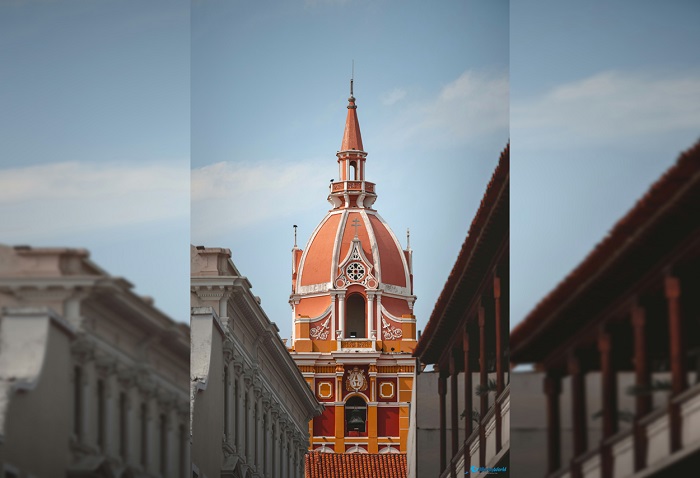
Presently, the cathedral remains one of Cartagena’s most prominent religious and cultural landmarks. It remains an active place of worship, with periodic Masses, weddings, and major religious observances, and besides its religious significance, it remains a top destination for tourists as well, tourists who are willing to uncover its architectural beauty and historical depth. Its position within the historic section places it as a focal point for those willing to uncover Cartagena’s colonial past.
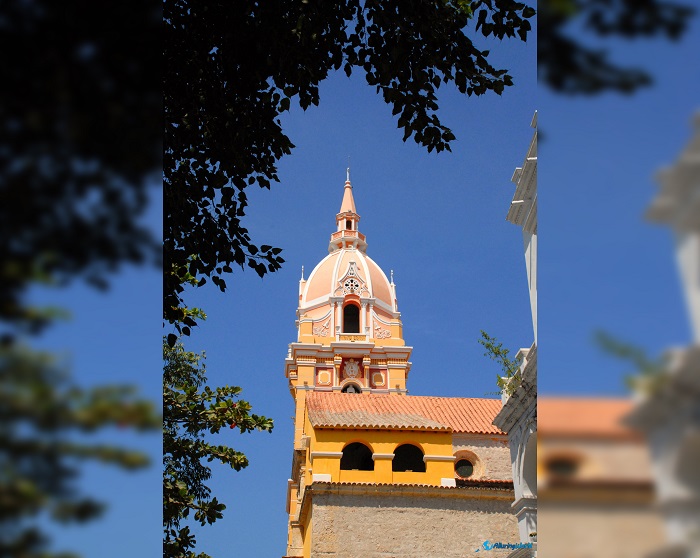
A trip to the cathedral is an easy task, since the cathedral is located in the middle of the walled city and accessible on foot, so a visitor can see the interior of the cathedral at any time of day, while guided tours offer inside information regarding the history and structural features of the cathedral. Because it is also near other famous spots such as Plaza de Bolívar and Palace of the Inquisition, it is likely to integrate it with a city walking tour, which would allow tourists to uncover even more history about this amazing Colombian city.
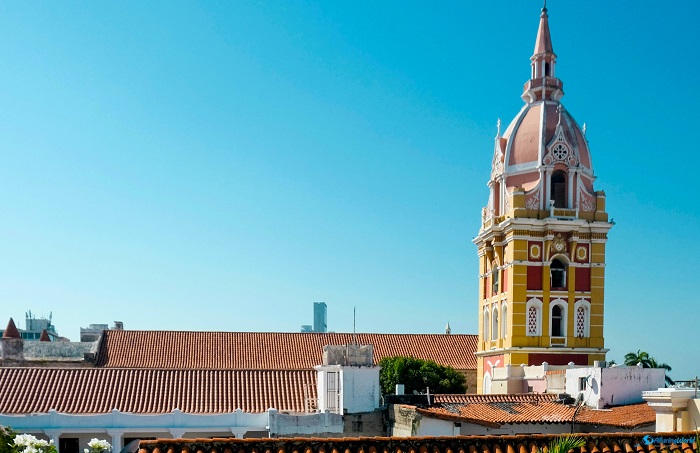
The best time to visit the cathedral is during the dry season which is from December to April as this is the period when there is fine weather to explore the historic quarter of Cartagena. Holy Week and the Feast of Saint Catherine of Alexandria in November are religious celebrations that offer special opportunities to witness traditional festivities in the grand setting of the cathedral, so those that would like to experience something extra from the cathedral and city itself, it is recommended to visit Cartagena during these festivities.
In short, with its rich history, striking architecture, and deep cultural tradition, the Cathedral of Cartagena de Indias continues to be a timeless symbol of the city’s colonial legacy and religious devotion, and for its historical importance or aesthetic appeal alone, a tour of this great cathedral offers an unforgettable glimpse into the past that makes it an essential stop for all visitors to Cartagena.
